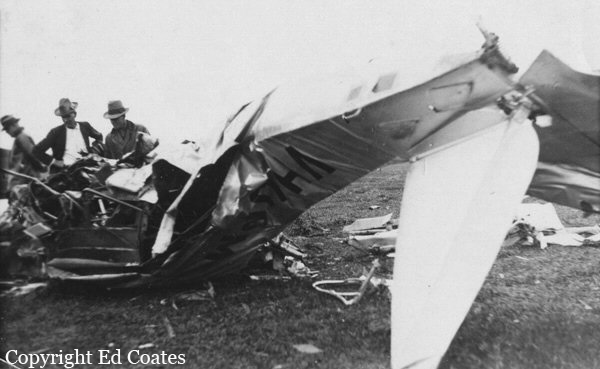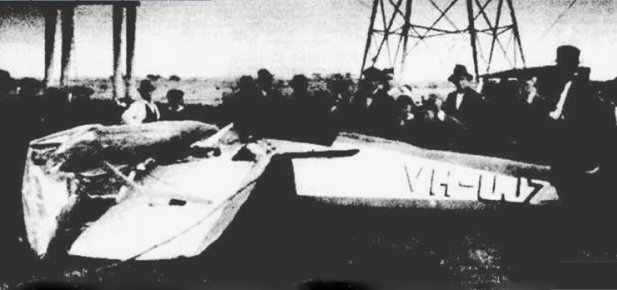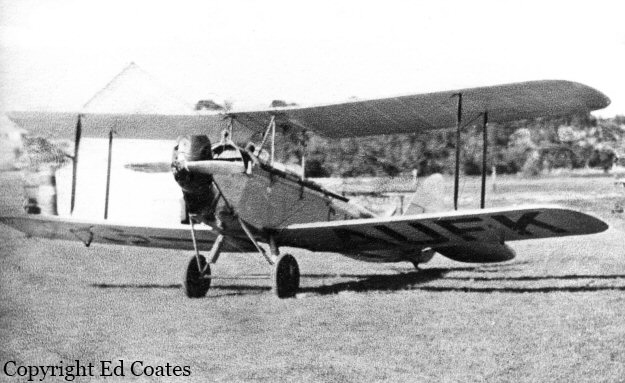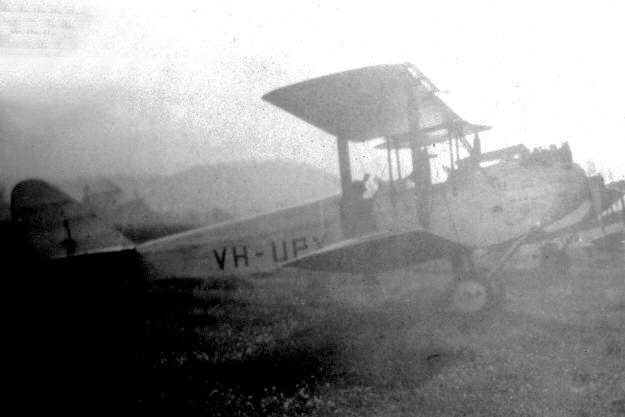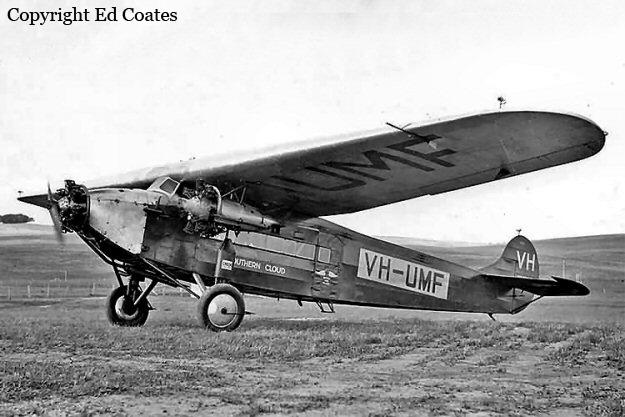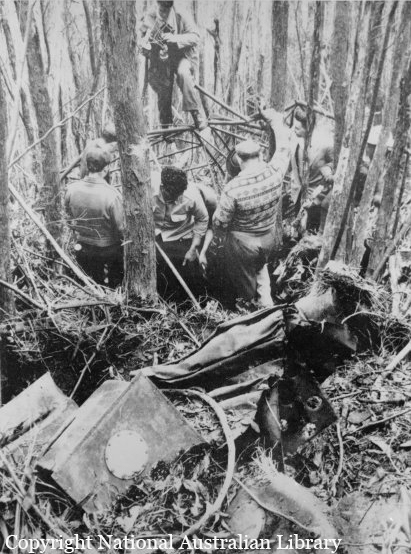Crash of a De Havilland DH.60 Moth in Richmond: 1 killed
Date & Time:
Dec 6, 1932
Registration:
A7-41
Survivors:
Yes
Schedule:
Richmond - Richmond
MSN:
LASCO.18
Crew on board:
1
Crew fatalities:
Pax on board:
1
Pax fatalities:
Other fatalities:
Total fatalities:
1
Circumstances:
On final approach to Richmond, the pilot failed to realize that he was flying too low. A gear impacted a fence and the aircraft overturned and crashed upside down, bursting into flames. While the P/O Charles M. Blamey was killed, the passenger Able Seaman John Plumb was injured.




